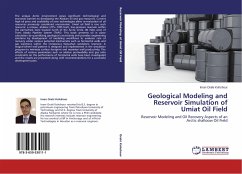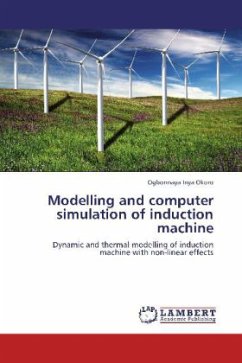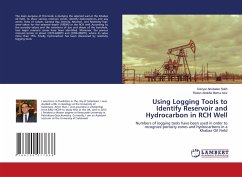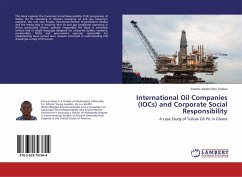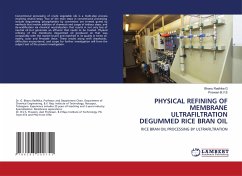The unique Arctic environment poses significant technological and economic barriers to developing the Alaskan oil and gas resources. Current high oil price and availability of new technologies allow re-evaluation of oil resources previously considered uneconomic. Umiat oil field is one such resource: a unique, shallow (275-1055 feet), low-pressure reservoir within the permafrost zone located north of the Arctic Circle, 80 miles west of Trans Alaska Pipeline System (TAPS). This book presents oil in place calculation by quantifying geological uncertainty and provides engineering solutions by development of modeling workflows to evaluate rate of recovery under various potential mechanisms such as horizontal wells and gas injections within the Cretaceous Nanushuk sandstone reservoir. A wagon-wheel well pattern is designed and implemented in the simulation program to minimize surface footprint and maximize well productivity. The effects of various parameters such as relative permeability and gas ratio constraints on the performance of horizontal wells have been investigated and the results are presented along with recommendations for a successful development plan.

